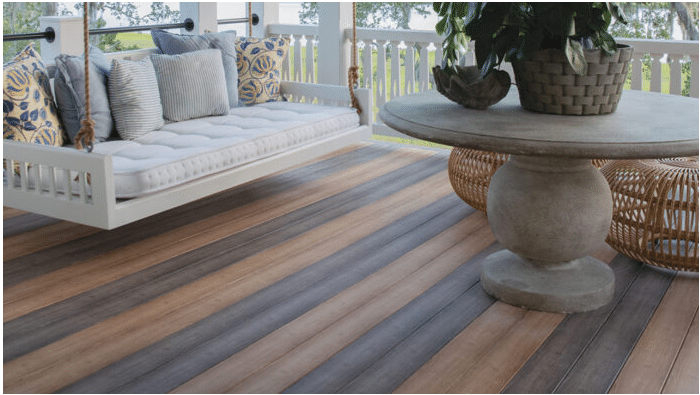
LBM Journal
By Michael Berger -April 8, 2020
Before working its way into late Middle English, the term originated from the Middle Dutch words dec, meaning a covering or roof, and dekken, meaning “to cover.” Originally denoting canvas used to make a covering, the term eventually came to mean the covering itself, and later a solid surface instead of one covered in canvas. Early incarnations were nothing more than small, economical square replacements for stone or concrete patios, and it wasn’t until the early 1980s that decks truly started to come into their own as true outdoor living spaces. Since then, decks have proliferated the outdoor building scene and have become the single most desired outdoor structure.
Last December, Fannie Mae predicted 1.35 million U.S. housing starts for 2020 along with 6.17 million total home sales. As well, research and industry indicators (such as Principia Consulting) predict a growth rate for the decks market of 6.5% by volume into 2021, and these numbers have manufacturers smiling. “The segment is strong,” says Jase DeBoer, senior marketing director for Deckorators, “and we anticipate another year of steady growth for the industry, and for Deckorators to continue exceeding industry growth.”